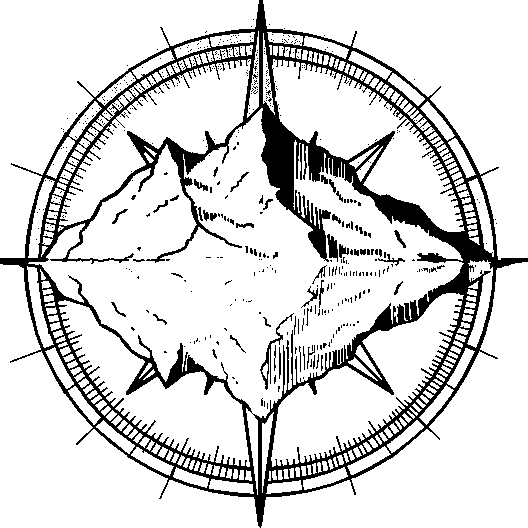North DAKOTA
North Dakota is a state located in the northern part of the United States, and it is known for its vast prairies, badlands, and rolling hills. Visitors to North Dakota can enjoy a range of outdoor activities, such as hiking, camping, fishing, and hunting. The state is home to several national and state parks, including Theodore Roosevelt National Park, Fort Abraham Lincoln State Park, and Lewis and Clark State Park. These parks offer stunning views of the rugged badlands, as well as opportunities for wildlife viewing and exploration. North Dakota is also home to several cultural and historical sites, such as the Knife River Indian Villages National Historic Site and the North Dakota Heritage Center and State Museum. Visitors to North Dakota can experience the state’s unique heritage and history through these sites, as well as through the state’s many small towns and communities.
There aren’t any national forests in North Dakota!
The Bureau of Land Management (BLM) manages approximately 800,000 acres of public lands in North Dakota, which are primarily located in the western part of the state. These lands are characterized by vast grasslands, rolling
hills, and rugged badlands, which offer opportunities for outdoor activities such as hiking, camping, hunting, and fishing. The BLM lands in North Dakota are also home to unique geological formations, such as the Little Missouri
Badlands, and important wildlife habitat, including habitat for the threatened Dakota skipper butterfly. The BLM works to maintain the ecological health of these lands, by balancing multiple uses such as grazing, oil and
gas development, and recreational activities. Visitors to BLM lands in North Dakota can experience the state’s unique natural beauty and diverse wildlife while enjoying a range of outdoor activities.
The Eastern Montana and Dakotas District managed by the Bureau of Land Management (BLM) encompasses parts of eastern Montana, North Dakota, and South Dakota. The region is characterized by vast grasslands, rolling hills, and rugged badlands, which offer opportunities for outdoor activities such as hiking, camping, hunting, and fishing. The district is also home to unique geological formations, including the Theodore Roosevelt National Park. The combination of the Eastern Montana and Dakotas District makes sense from a management perspective due to similarities in natural resources, geography, and land management issues. The region is primarily managed for grazing, oil and gas development, wildlife habitat, and recreation. Additionally, the area faces similar land management challenges such as invasive species management, wildfire prevention, and maintaining the ecological health of grasslands. You can check out more information here! https://www.blm.gov/office/eastern-montanadakotas-district-office
Billings Field Office
5001 Southgate Drive Billings, MT 59101
(406)896-5013
Miles City Field Office
111 Garryowen Road Miles City, MT 59301
(406)233-2800
North Dakota Field Office
99 23rd Avenue West, Suite A Dickinson, ND 58601
(701)227-7700
South Dakota Field Office
309 Bonanza Street Belle Fourche, SD 57717
(605)892-7000
The grasslands of North Dakota are a unique and important natural resource in the state. They are characterized by vast expanses of prairie and grasslands, which are home to a diverse array of wildlife and plant species. The grasslands are an important habitat for several species, including prairie dogs, bison, and several bird species, such as the greater prairie chicken. Visitors to the grasslands can enjoy a range of outdoor activities, such as hiking, camping, and wildlife viewing. The grasslands are also an important economic resource in the state, as they support ranching and other agricultural activities. However, the grasslands face several threats, including invasive species, fragmentation due to development, and climate change. Conservation efforts are underway to protect the grasslands and maintain their ecological health for future generations.
The Little Missouri National Grasslands is a vast area of public lands in western North Dakota, managed by the United States Forest Service. It covers over one million acres and is the largest national grassland in the country. The grasslands are characterized by rolling hills, deep canyons, and rugged badlands, which offer visitors stunning views and unique outdoor experiences. The grasslands are home to a variety of wildlife, including bison, elk, coyotes, and prairie dogs. Visitors to the grasslands can enjoy a range of outdoor activities, such as hiking, camping, fishing, and hunting. The grasslands are also an important economic resource, supporting ranching and other agricultural activities. However, the grasslands face several threats, including invasive species, oil and gas development, and climate change. Conservation efforts are underway to protect the grasslands and maintain their ecological health. Check out more information here! https://www.fs.usda.gov/recarea/dpg/recarea/?recid=79469
Medora Ranger District
99 23rd Ave. W. Suite B, Dickinson, ND 58601
(701)227-7800
McKenzie Ranger Station
1905 S. Main Street, Watford City, ND 58854
(701)842-8500
The Little Sheyenne National Grassland is a 70,000-acre public land managed by the United States Forest Service in southeastern North Dakota. The grasslands offer visitors a unique and peaceful outdoor experience, with rolling hills, grassy meadows, and scenic wetlands. The grasslands are home to several wildlife species, including deer, elk, and prairie dogs, as well as a diverse range of bird species. Visitors to the grasslands can enjoy a variety of outdoor activities, such as hiking, camping, bird watching, and hunting. The grasslands are also an important resource for grazing and other agricultural activities. The Little Sheyenne National Grassland offers visitors a serene and natural experience, as well as an opportunity to learn about the history and ecology of the region. Check out more information here! https://www.fs.usda.gov/recarea/dpg/recarea/?recid=79470
Sheyenne Ranger District
1601 Main Street, Lisbon, ND 58054
(701)404-8950
The Grand River National Grassland is a public land managed by the United States Forest Service in northwestern South Dakota. The grassland covers over 150,000 acres and is the largest national grassland in the state. The grassland is characterized by rolling hills, canyons, and grassy meadows, offering visitors a stunning and serene outdoor experience. The Cedar River National Grassland is a public land managed by the United States Forest Service in southwestern North Dakota. The grassland covers over 6,000 acres and is the smallest national grassland in the country. The grassland is characterized by rolling hills, grassy meadows, and juniper trees, offering visitors a peaceful and quiet outdoor experience. These grasslands are home to several wildlife species, including prairie dogs, bison, and coyotes, as well as a diverse range of bird species. Visitors to the grasslands can enjoy a variety of outdoor activities, such as hiking, camping, fishing, and hunting. The grasslands are also an important economic resource, supporting grazing and other agricultural activities. However, they faces several threats, including invasive species, oil and gas development, and climate change. Conservation efforts are underway to protect the grassland and maintain its ecological health. Check out more information here! https://www.fs.usda.gov/recarea/dpg/recarea/?recid=79471
Grand River Ranger District
1005 5th Ave W., Lemmon, SD 57638
(605)374-3592
tips and tricks
North Dakota is home to several Native American tribes, including the Standing Rock Sioux Tribe and the Turtle Mountain Band of Chippewa Indians.
If you’re interested in history, North Dakota has several museums and historic sites, such as the North Dakota Heritage Center & State Museum and the Fort Union Trading Post National Historic Site.
North Dakota has several natural attractions, including Theodore Roosevelt National Park and the International Peace Garden. Be sure to explore these areas and enjoy the beauty of the state’s landscapes.
do’s and dont’s
Explore the state’s diverse geography, including the Badlands, prairies, and lakes.
Don’t underestimate the distance between destinations in North Dakota. The state is relatively large, and driving times can be longer than expected.
Don’t ignore warnings about severe weather. North Dakota can experience severe thunderstorms, tornadoes, and blizzards, so it’s important to stay informed and take appropriate precautions.


